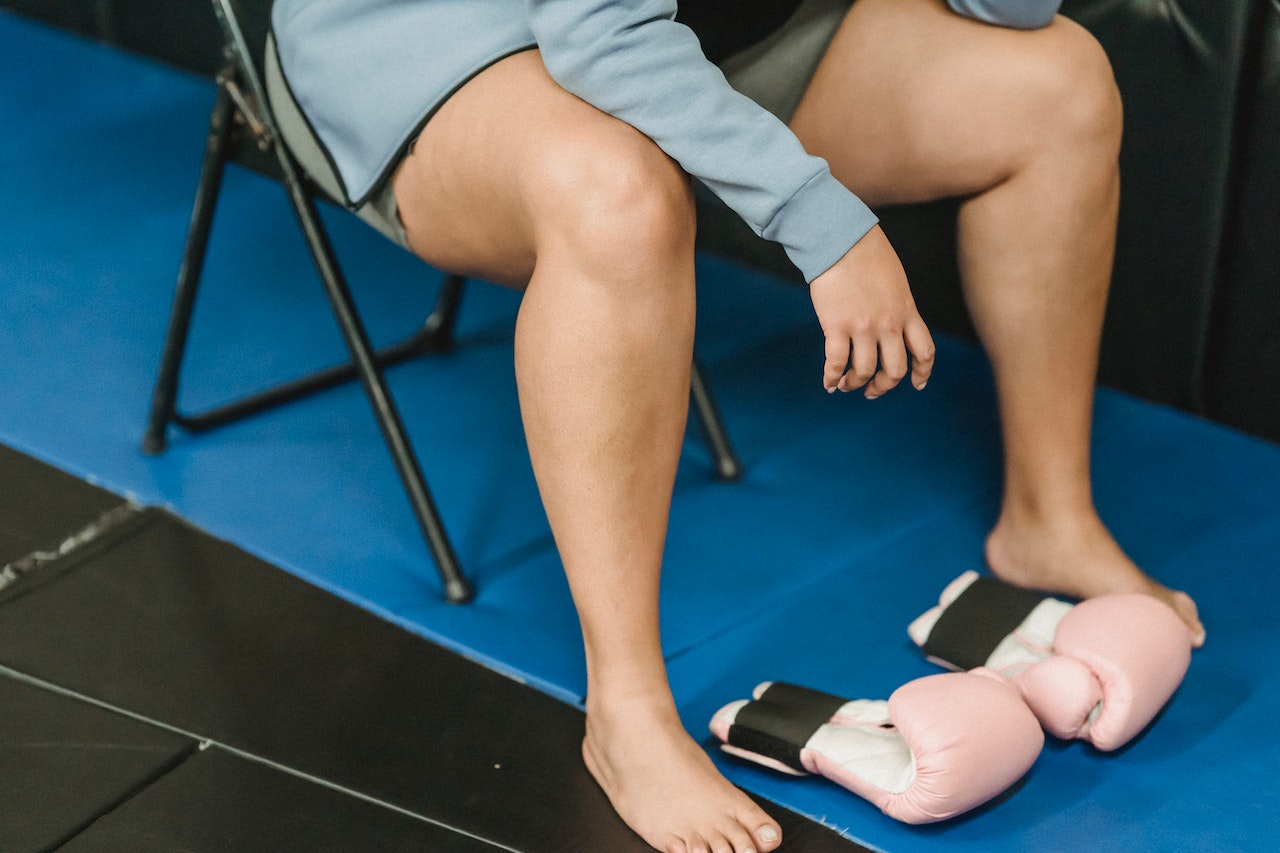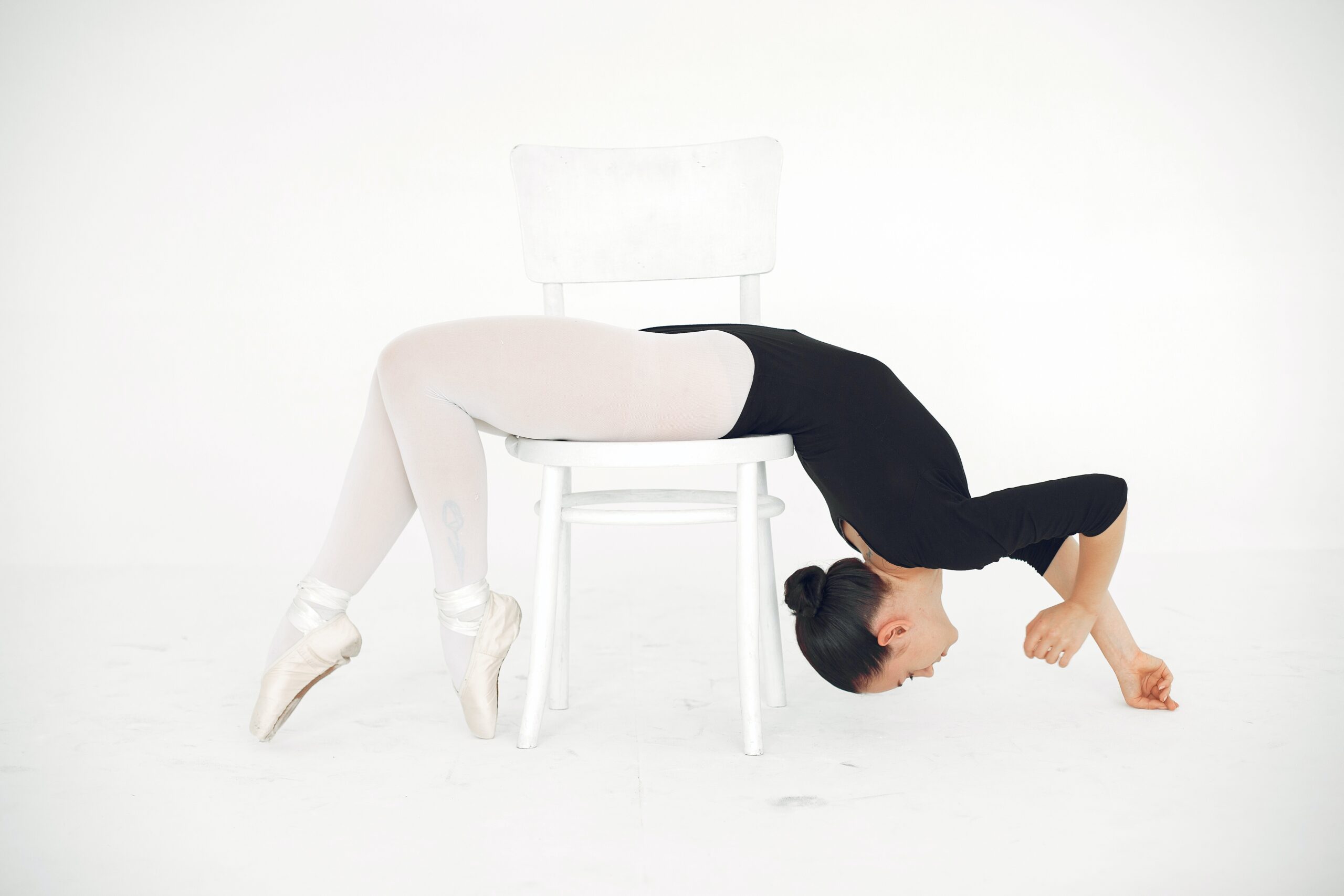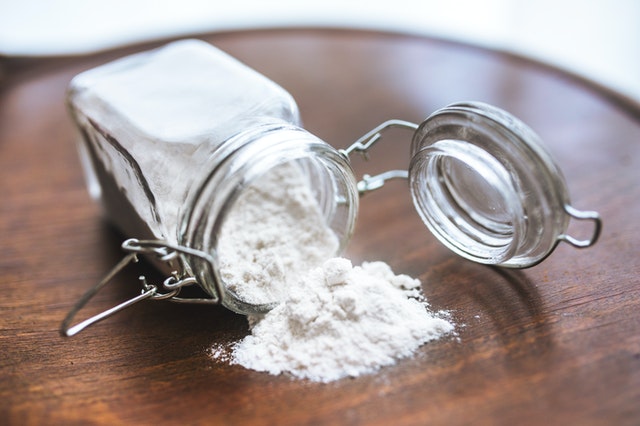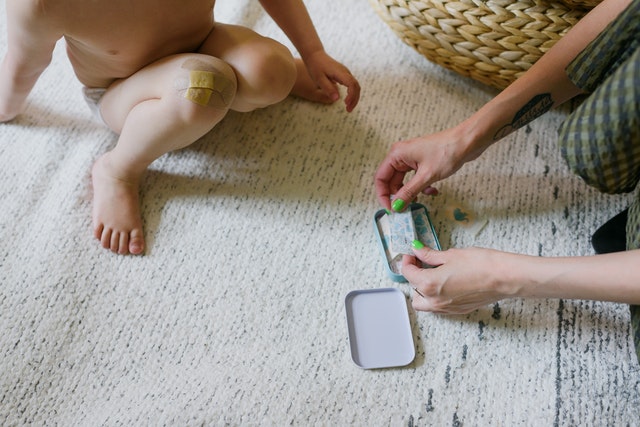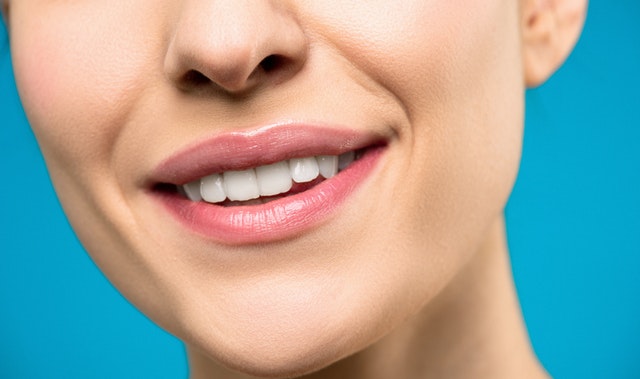It is no secret the health and diet industry is a crowded place, and it is often the loudest voice in the market that gets the most attention. Recently, many people are turning to a keto or ketogenic diet to lose weight, and it depends on a metabolic process called ketosis. There is no denying the effectiveness of the diet; many people are using it successfully, but is it healthy?
Understanding Ketosis
Glucose or blood sugar is the standard energy source in the body; it is often referred to as fuel. A ketogenic diet alters the body's preferred fuel source by limiting the available glucose through the drastic reduction of carbohydrate intake.
When the body does not have excess blood sugar to convert into energy, it focuses on fat, transforming it into ketone bodies through ketosis. Ketosis is a natural process, often occurring during pregnancy and infancy, but it can also be a product of fasting or starvation, which leads to some concern over long-term ketogenic diets.
Ketosis and the Brain
A common concern of prolonged ketosis is how a lack of glucose will affect the brain. When carbohydrates are restricted, as they are in ketogenic diets, the body can lose one of the easiest methods for producing glucose, a substance needed by specific brain cells. Fortunately, carbs are not the only resource for glucose production.
Gluconeogenesis is a natural process in the body. During this process, your body uses other proteins and molecules to produce essential glucose to the brain. It is important to note, your entire brain does not need glucose, only specific cells; glucose is only a preferred fuel source. Most of the brain can convert to ketones without issue.
[insert page='Offer' display='content']
Ketosis and Weight Loss
Ketogenic diets focus on low carb and high fat intake. According to some research, the diet, which promotes ketosis, is more beneficial than those diets focusing on low fat intake and calorie counting. For those who get aggravated counting calories, a ketogenic diet is a good option because research suggests people feel less hungry, leading to fewer reasons for calorie counting due to ketosis.
Commitment is a concern when following such a restrictive diet. While it is easy to think that reducing carb intake is not that bad, consider you only have an allowance of between 20 and 50 grams, depending on age, weight, height, etc. For most people, the ketogenic diet requires the removal of grains, candy, and sugary drinks. It also means significantly cutting back on potatoes, fruit, and legumes. Because of the restrictions, many people find the diet to be unsustainable.
Is Ketosis Healthy, and Is a Ketogenic Diet Right for You?
Ketosis is a natural metabolic state. While many researchers and medical professionals disagree on the long-term benefits of ketogenic diets, most research suggests they are safe for most people. It is necessary to highlight the phrase “most people” because a ketogenic diet is not suitable for some. Before committing yourself to such a restrictive diet that reduces an entire food group, consult your primary care physician. They can tell you if the diet is a safe option for you, and they can monitor you during it to determine its overall effectiveness.
Do you have any experience with the ketogenic diet, positive or negative?


